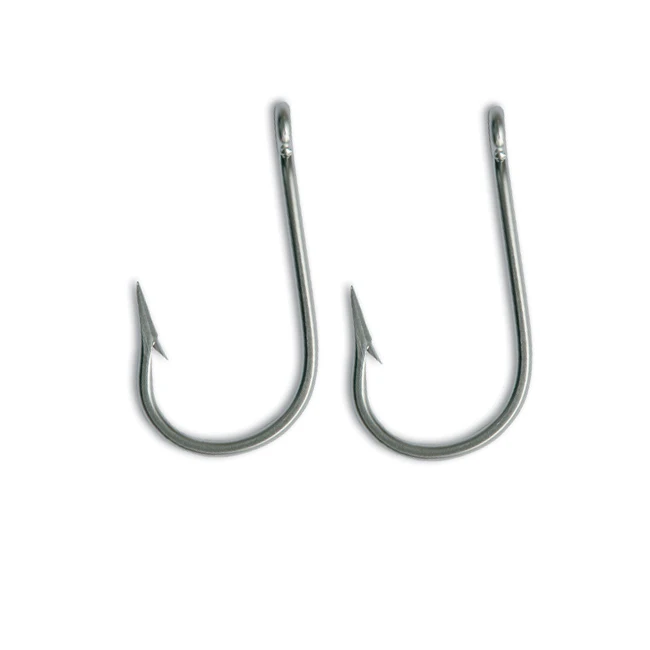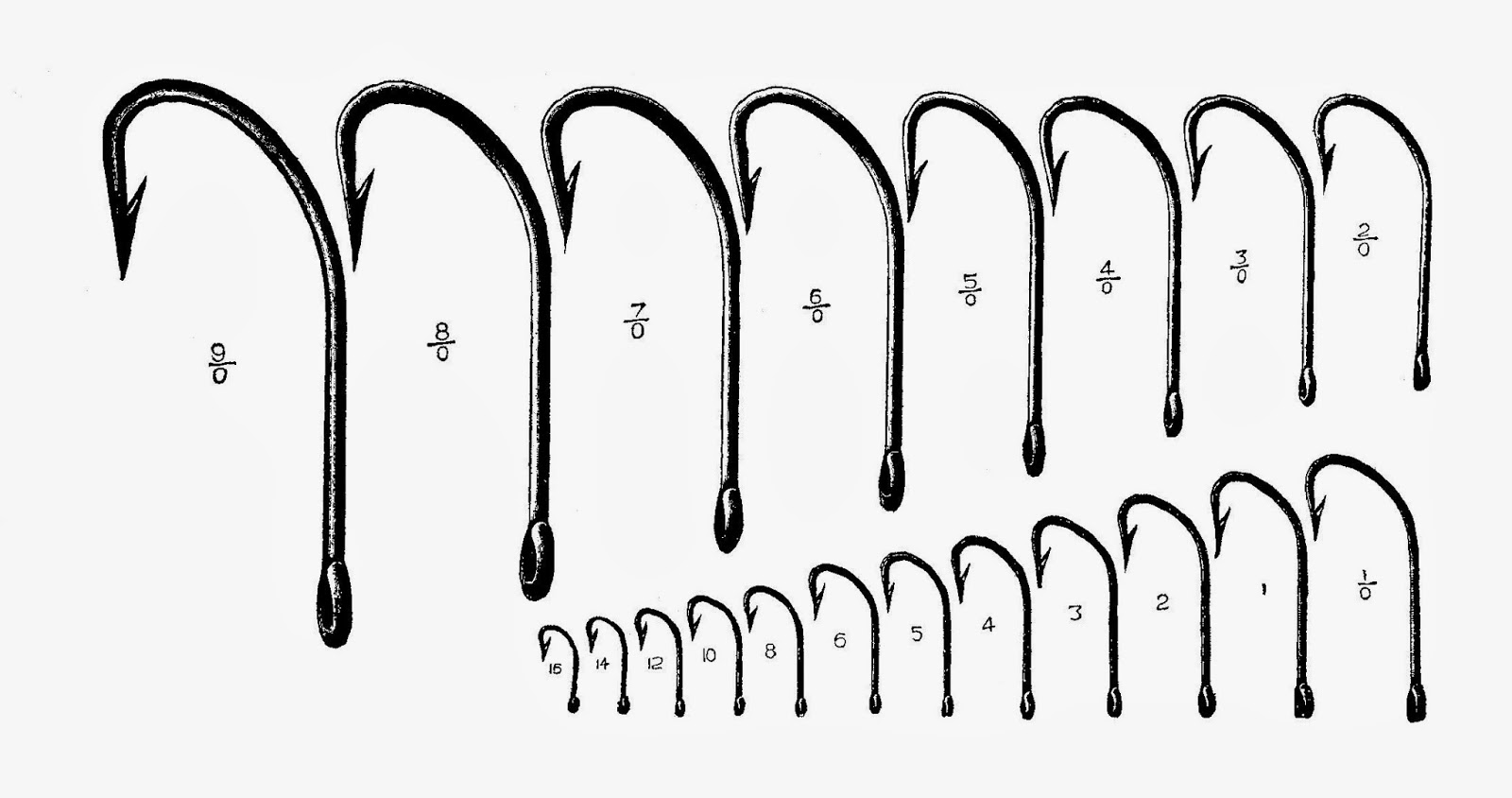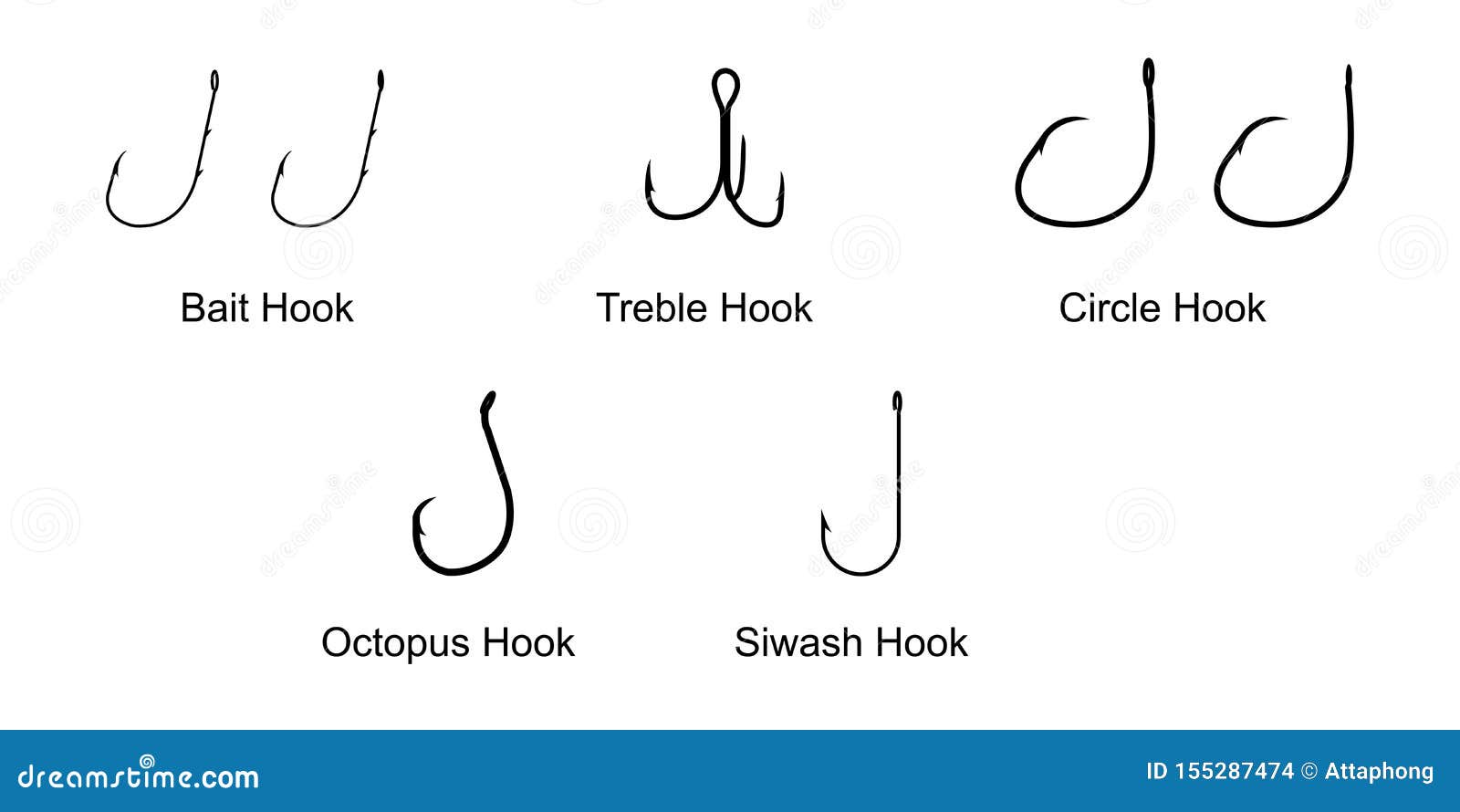

However, circle hooks have recently made a big splash with anglers. J Hooks have been around since well…the invention of fishing hooks.

Snelled hooks are very versatile and can be used for just about any style of fishing in one way or another.

This comes in handy for targeting many species – from Largemouth Bass to Yellowfin Tuna. This is done for a couple of different reasons.įirst of all, snelled hooks have a better hook up ratio as they pull the point directly into the mouth of the fish.Īlso, a snell knot allows you to tie your leader directly to a baited hook. A snelled hook is basically a fishing hook with a nail knot tied around it. Snelled hooks are fishing hooks with the leader wrapped around the shank. What about Snelled Hooks? What is a Snelled Hook? We’ve all seen the bass fishing guys on weekends set hooks like they’re trying to jerk a house off of its foundation – while this may not always be the best technique, the visual does a great job of explaining the process. This terminology refers to the split second in time when you apply extra tension to your fishing line and secure your fishing hook in the jaw of the fish you’re trying to catch. Setting the hook is one of the most fun parts of fishing. It’s important to take note of your hook gap as this dimension actually corresponds to hook size when selecting hooks for trolling lures – a good rule of thumb for lure hook selection is to closely match the diameter of your lure head with the gap of the hook. The last part of the hook is the gap – this is the distance between the tip of the point and the body of the hook. Hook points can have barbs, which catch on the mouth of a fish as the hook is set, or they can be barbless, for fast release of gamefish. The business end is the point, which should be fairly self-explanatory. Fishing hook shanks can be straight (inline) or bent (offset) depending upon application.įollowing the shank, you’ll see the bend – this is what creates the hook gap, which we’ll come to shortly. The next part you’ll see as we continue down the hook is the shank or body – this is the long part that connects the eye to the bend. Some anglers like to use dual hooks inline with one another – this is particularly common with pre-rigged ballyhoo. Open eye – this style of eye is for attaching to another hook.This hook eye style is primarily used with wire and cable leader.

Needle eye – this is a hook eye that is more of a slit than a hole.Ring eyes can be open, or welded shut, depending on the intended application of the hook.Ring eye – this is a round opening at the end of a hook, think about the traditional fishing hook shape you’re used to.It’s also important to note that there are many different styles of eye – this can get a touch overwhelming, so we will break it down a bit below. Some specialty hooks for jigging don’t have eyes, but you would make several wraps around a flattened portion to secure the hook to your assist cord. First, the “ring” or “eye” – this is where you’ll attach your line, it’s basically a round hole at the end of the hook.


 0 kommentar(er)
0 kommentar(er)
